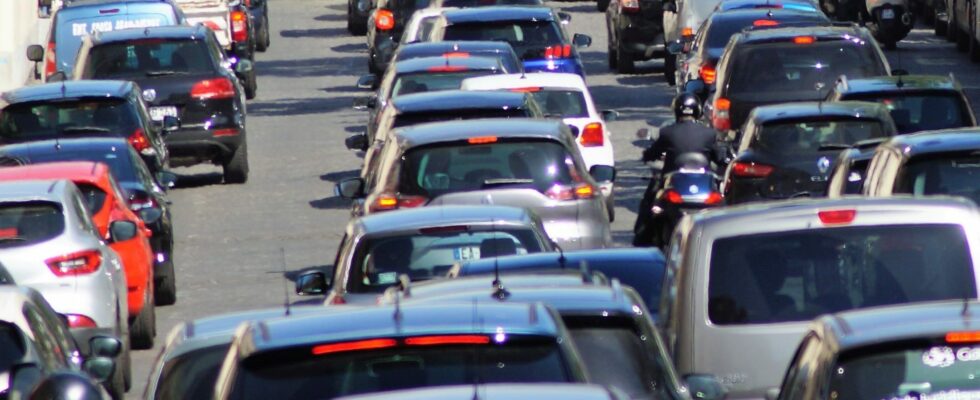Many drivers try to get through highway traffic jams more quickly by changing lanes frequently. However, the hoped-for time gain usually does not materialize. But there is one exception.
Not only is there a real traffic jam around Easter, the topic will stay with us for a long time and will continue to infuriate us. Not just on the way to vacation or back. Of course, we don’t want to get into a traffic jam and if we do get into one, it’s best to leave it behind us quickly. If traffic comes to a standstill, many drivers try to get through more quickly by changing lanes several times. However, the ADAC traffic club points out that these maneuvers usually have no effect. Even if your own lane ends because of a construction site, for example, the zipper method shouldn’t make a big difference. Patience when narrowing a laneFor fear of not being able to get into the other lane at the end of your own lane, many drivers change several hundred meters before the lane narrows the track. This is not only wrong, but also dangerous: Depending on the traffic density, the end of the traffic jam can move further back. Abrupt lane changes also increase the risk of accidents. That’s why you should only merge at the end of your own lane. Drivers in the continuing lane must give those merging into the lane the opportunity to get into the lane without any problems. But there is also a typical traffic jam situation in which it can make sense to change to the left lane: If a queue of trucks forms in the right lane, which extends further back than the traffic in the remaining lanes. The club also points out the obligation of all road users to immediately form an emergency lane in the event of a traffic jam. This must be done when traffic is at a standstill and not just when the emergency services arrive with flashing lights. Anyone in the left lane must move to the left. Everyone else goes to the right. If there is not enough space to create an emergency lane in construction zones due to narrow lanes, staggered driving with a larger distance is recommended. In an emergency, this means you can move to the right lane and keep the left lane clear for emergency services.
source site-13
